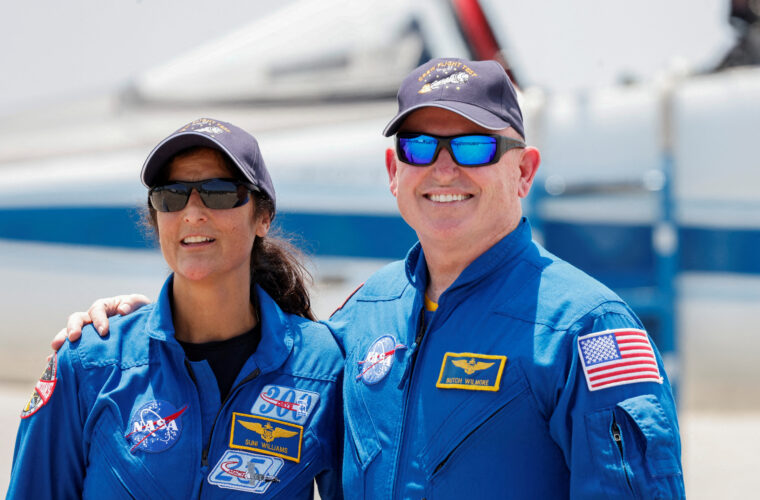The Parker Solar Probe from NASA was launched in 2018 and started circling near the sun. Scientists, including, eponymous astrophysicist on the Eugene Parker spacecraft, want to answer key questions about the solar wind flowing from the sun, releasing energetic particles through the solar system.
The crown of the sun is much warmer than the actual surface of the star and the spaceship could give an idea of why this is happening. The crown has a temperature of about 1 million degrees Kelvin (1,800,000 degrees Fahrenheit) at its warmest point, while the surface temperature is about 6,000 K (10,340 degrees Fahrenheit).
It is true that it is the fastest spacecraft ever launched, the Parker Solar Probe, made history with its five-hour diving in the solar corona, the outer solar atmosphere.
The achievement, which NASA described as historic, occurred on April 28, 2021. After a thorough analysis of the data recorded by the spacecraft, the successful mission was announced.
Technology Spacecraft – NASA
As we can imagine, the Parker Solar Probe conducted its scientific research in a dangerous area of intense heat and sunlight. The spacecraft flew close enough to the Sun to watch the solar wind accelerate from subsonic to ultrasonic and flew through the birthplace of the highest energy solar particles.
To carry out this unprecedented research, the spacecraft and instruments were equipped with technology from the Sun’s heat material, i.e., a composite carbon shield 4.5 inches (11.43 cm) thick, which would have to withstand temperatures outside of the spacecraft reaching almost 2,500 degrees Fahrenheit (1,377). degrees Celsius).
Durability of high temperatures – NASA
The technology included on board was the compact, solar detector, which contained solar panels that would contract and expand as the spacecraft hovered towards or away from the Sun during several loops around the inner solar system, ensuring that the panels remained at appropriate temperatures and power levels. At its closest passages as calculated, the spacecraft was built to survive at a solar intensity about 475 times greater than that experienced by the spacecraft while in orbit around the Earth.

Describing the technology systems of Parker Solar Probe
The Parker Solar Probe is the first spacecraft to fly in the low solar corona. It aimed to evaluate the structure and dynamics of the coronary plasma and the magnetic field of the Sun, the energy flow that heats the solar corona and pushes the solar wind and the mechanisms that accelerate the energetic particles.
As mentioned above, spacecraft systems are protected from extreme heat and radiation near the Sun by a solar shield. The incident solar radiation on the perihelion is about 650 kW / m2, or 475 times the intensity in the Earth’s orbit. ft 7 in) in diameter, [35] 11.4 cm (4.5 in) thick and made of reinforced carbon-carbon composite, designed to withstand temperatures outside the spacecraft of approximately 1,370 ° C (2,500 ° F). [1]
Contains a white reflective alumina surface layer to minimize absorption. The spacecraft’s systems and scientific instruments are located in the central part of the shield’s shadow, where direct radiation from the Sun is completely excluded. If the shield were not located between the spacecraft and the Sun, the detector would be damaged and inactive within tens of seconds. As radio communication with the Earth was designed for about eight minutes in each direction, the Parker Solar Probe was able to act autonomously and quickly to protect itself. This was done using four light sensors to detect the first traces of direct sunlight coming from the edge of the shield and to engage the movements of the reaction wheels to reposition the spacecraft back in the shadows. According to project scientist Nicky Fox, the team describes it as “the most autonomous spacecraft ever flown.”
The spacecraft power technology
The main power for the mission is a dual system of solar panels (photovoltaic arrays). A main photovoltaic array, used for the mission section other than 0.25 au, is retracted behind the shadow shield at close range to the Sun, and a much smaller secondary array powers the spacecraft from the nearest neighbourhood. This sub-array uses liquid-cooled cooling to maintain the operating temperature of solar panels and instruments.



